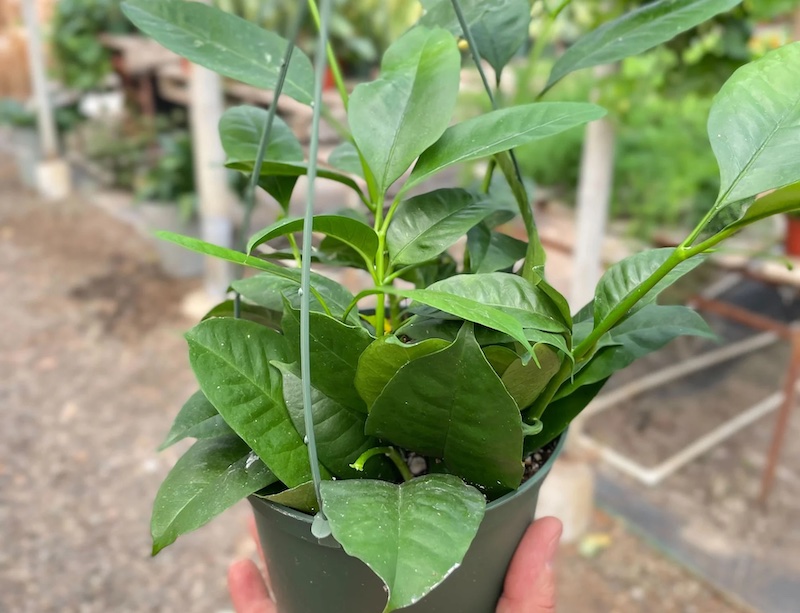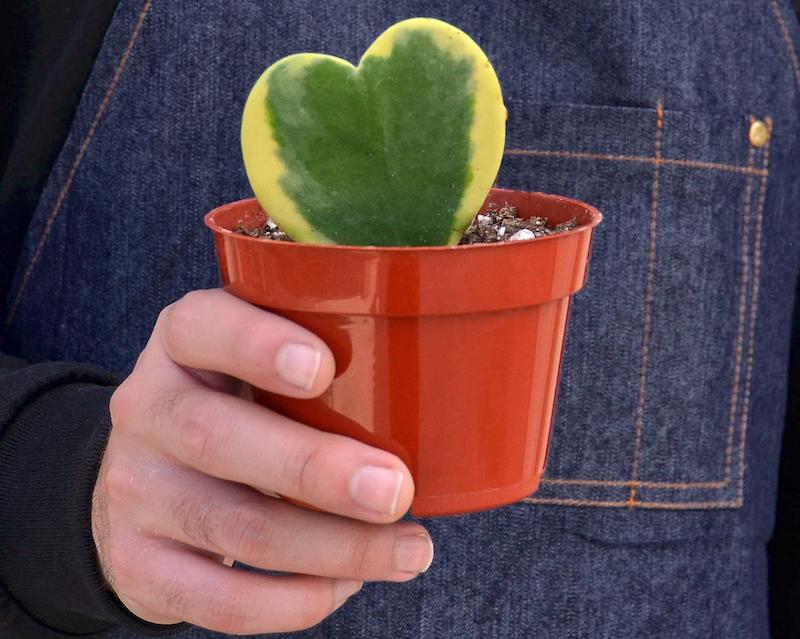Hoya plants make great indoor plants that can also be grown outside. The active growth of these semi-epiphytic plants is during the warm spring and summer months when they will thrive on a chance to have natural sunshine, humidity, and moisture. Light levels are much lower indoors than out, and the plants will require a short period of adjustment before being put in their final location.

When To Put Hoya Outside
Tropical plants such as Hoya will not tolerate temperatures below 50 degrees F. USDA growing zones 9-11 are the only climates where Hoya can be grown outside permanently. When getting ready to take your houseplants out for the summer, remember that even though daytime temperatures may be well above 50 F, nighttime temperatures can still be quite low. Some regions of the United States will not have high enough nighttime temperatures until after Mother’s Day or even Memorial Day.

When To Bring Hoya Indoors
When the nighttime temperatures begin to fall to 50-55 degrees F, it is time to prepare your hoya plant for life indoors. The first step is to place the plant in a sheltered location in part shade away from other plants, if possible. This is a sort of quarantine period when you can inspect the plant for pests and diseases as well as acclimate the plant to the lower light levels it will be growing in indoors.
If there are any pests spotted on the leaves or soil, take action to clean and treat the plant. Pests, such as whitefly and scale can take hold indoors and spread easily from plant to plant. Placing a yellow sticky trap card near the plant will help in figuring out if any pests are an issue. After one week, if the card is clean, you can be assured that your Hoya is not infected and can be safely brought indoors for the winter.
Caring For Hoya Outdoors
The best location for most Hoya plants will be partly sunny with shade during the hottest part of the day. Hanging from a pergola or trellis near a patio or deck is ideal and makes for a lovely spot to enjoy the fragrance of the flowers while they are in bloom. Hummingbirds are particularly fond of the Hoya flower nectar and will be common visitors when they bloom. If you garden in an area with heavy summer rains, ensure that your plant is sheltered and not easily waterlogged by a downpour.
Pests and disease are rarely a problem for Hoyas that are grown outdoors. Managing the amount of water the plants get either naturally or supplementally is very important. Plants in bright sun or a drier climate will need to be watered more often than a plant growing in more shade or higher humidity levels.
 |
Author Robbin Small - Published 05-23-2023 |
